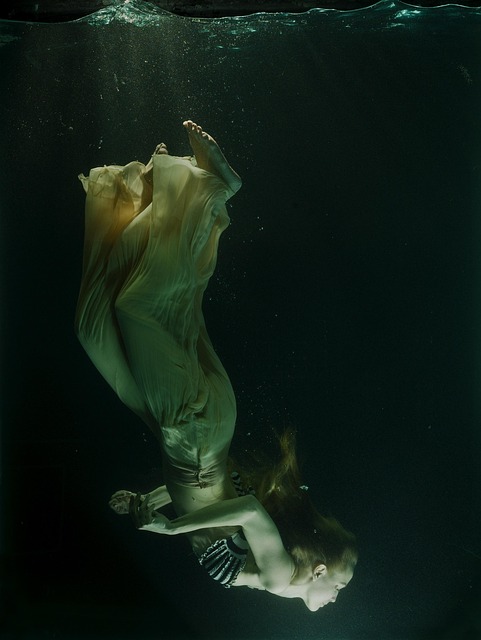In high-end aquascaping, lighting is a vital tool that transforms aquariums into captivating underwater scenes. Through strategic manipulation of light types, intensities, and color spectra, aquascapers create depth, enhance visual appeal, and foster healthier aquatic ecosystems. Techniques like point sourcing and backlighting set ambiance while LED technology offers energy efficiency, customizable temperatures, and natural sunlight simulation for robust plant growth. By expertly controlling lighting elements, aquascapers craft breathtaking aquariums that rival nature's intricate landscapes.
Dive into the art of high-end aquascaping, where lighting isn’t just an afterthought—it’s a key ingredient in crafting breathtaking underwater landscapes. In this guide, we explore how understanding and manipulating light can transform your aquarium from a simple collection of fish and plants to a captivating symphony of depth and dimension. From choosing the right light sources to employing strategic directional lighting, each technique reveals layers of beauty, enhancing both the aesthetic appeal and ecological balance of your aquatic ecosystem.
Understanding Lighting in High-End Aquascaping
In the realm of high-end aquascaping, lighting isn’t just an accessory; it’s a key component that can transform a simple aquarium into a mesmerizing underwater landscape. Understanding how to harness and manipulate light is essential for creating depth and dimension within these aquatic environments. By carefully considering the type, intensity, and color spectrum of lighting, aquascapers can enhance the visual appeal of their creations, bringing a sense of realism and tranquility to the underwater world they cultivate.
High-end aquascaping involves a precise balance between aesthetics and functionality. Lighting techniques such as point sourcing, where lights are strategically placed to highlight specific features, or backlighting, which creates a dramatic effect by illuminating the aquarium from behind, can profoundly impact the overall ambiance. Additionally, incorporating LED technology offers numerous benefits, including energy efficiency, customizable color temperatures, and the ability to mimic natural sunlight, all of which contribute to the health and vibrancy of aquatic plants and inhabitants in these meticulously crafted underwater ecosystems.
– The role of light in aquascaping
Light plays a pivotal role in aquascaping, transforming an ordinary aquatic landscape into a stunning work of art. It’s one of the key elements that bring depth and dimension to your aquarium, enhancing the overall aesthetics and visual appeal. In high-end aquascaping, lighting is carefully curated to create different moods and highlight specific features within the tank. By manipulating light intensity, color spectra, and direction, aquascapers can guide the viewer’s eye, drawing attention to desired elements like vibrant plants, colorful fish, or intricate rock formations.
In a well-lit aquarium, high-intensity LED lights or metal halide lamps are often used to promote robust plant growth and create a lively environment. These lights mimic natural sunlight, fostering a diverse range of aquatic flora and fauna. Conversely, low-light setups can emphasize the ethereal beauty of wood and stone structures, allowing certain species of plants and animals that thrive in dimmer conditions to flourish. The strategic placement of lighting fixtures is also crucial, as it enables the creation of dramatic shadows and highlights, adding depth and a sense of three-dimensionality to the aquascape.
– How lighting influences the overall aesthetic
Lighting plays a pivotal role in aquascaping, transforming an ordinary aquarium into a captivating underwater landscape. In high-end aquascaping, it’s not just about illuminating the tank but crafting an ambiance that enhances the natural beauty of plants, fish, and decor. Strategically placed lights can create depth by highlighting specific elements, making shorter plants appear more prominent while casting long shadows on taller structures, adding dimension to the entire scene.
The intensity, color temperature, and direction of light all contribute to the overall aesthetic. Warmer tones can evoke a cozy, inviting atmosphere, while cooler colors may mimic natural sunlight, bringing out the vibrant hues of plants and coral. By carefully controlling these factors, aquascapers can achieve breathtaking results that rival nature’s intricate designs.
Techniques for Creating Depth and Dimension
In high-end aquascaping, creating depth and dimension involves strategic lighting techniques that transform a simple aquarium into a visually stunning underwater landscape. One effective method is layering light sources at different intensities and colors. By positioning top lights for general illumination and complementary side or bottom lights targeting specific areas, you can mimic natural sunlight patterns, highlighting plants, rocks, and decor in a way that adds depth to your tank.
Another technique is the use of LED lighting with adjustable color temperatures. Cooler tones (like blue) can make objects appear more distant, while warmer tones (like red) bring elements to the foreground. This allows aquascapers to guide the viewer’s eye through the tank, establishing a sense of depth and dimension that enhances the overall aesthetic appeal, particularly in complex or large aquariums.
In the realm of high-end aquascaping, lighting isn’t just an added element—it’s a crucial component that transforms a simple aquarium into a vibrant tapestry of depth and dimension. By understanding how light interacts with aquatic plants, fish, and decor, aquascapers can create stunning visual effects that captivate viewers. Through techniques like strategic placement of lights, the use of different wavelengths, and careful consideration of shadow play, it’s possible to build an underwater landscape that reveals new sights and secrets as you navigate its depths, making it a true symphony of aquatic beauty.
